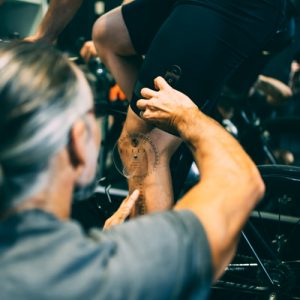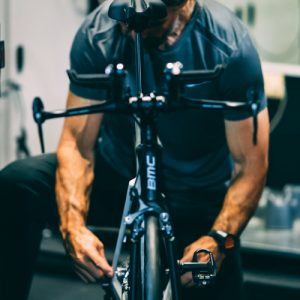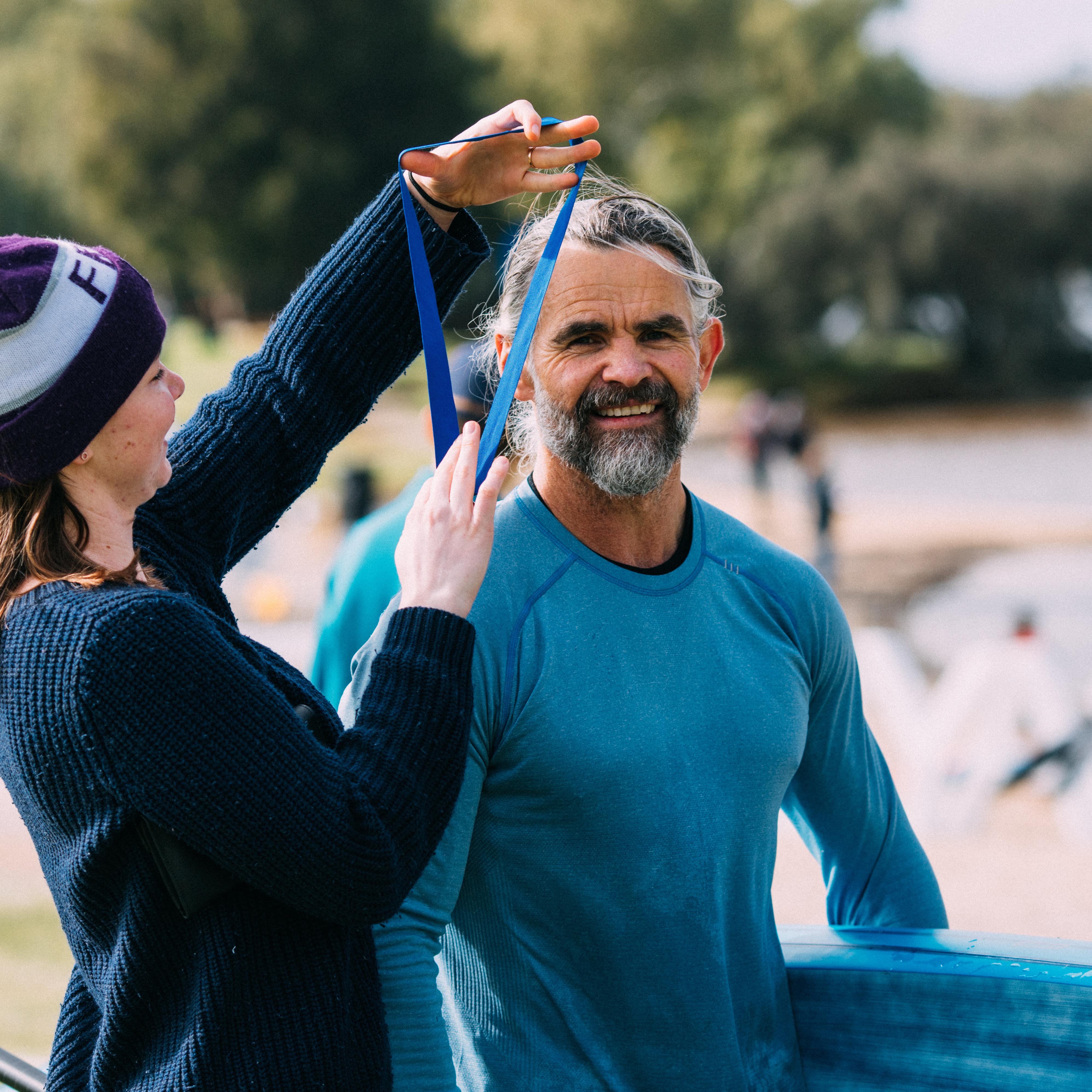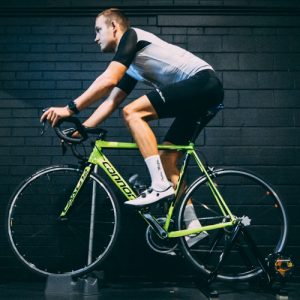Riding a bike that is fitted to you correctly will improve your pedalling efficiency, power output and comfort. There are several variables to a bike fit – accurate measurements to determine the fitting protocol, biomechanical/postural analysis to determine adjustments respectful of the findings and a discussion to assess training age, experience, medical history to name a few.
Relative to the cost of buying a bike, a bike fitting is a very wise investment. It would be best if you considered this consultation before your bike purchase. This way, not only will your bike be fitted to you correctly, you will have purchased the right bike.
Unfortunately, I have had many clients come to see me that have purchased the wrong bike or components, which can be a costly mistake.
What is a Bike Fit?
A bike fit is a process of optimising the rider’s position to improve power, efficiency and comfort on the bike. It is increasingly common to see cyclists experiencing back, knee and saddle pain if they are set up incorrectly.
Getting a bike fit is suitable for anyone who cycles, mainly if uncomfortable on the bike or if an injury has occurred. Bike fitting aims to maximise performance, prevent injuries, become more efficient and experience more enjoyment when on the bike.
Why Get a Bike Fit?
It seems counterintuitive; however, the best time to get a bike fit is before you buy the bike. Understanding which brands, models, sizes and specific components are best suited to you will ensure that the bike you purchase will be the best fit for you.
Another good reason to get a bike fit is if you are training for an event or goal. Ensuring that you are in the best possible position before you ramp up your training can have a positive return.
Lastly, if you’re experiencing pain or discomfort on the bike, then a bike fitting should help you relieve this issue by adjusting the bike to ensure a suitable riding position. Not to mention the reassurance or confidence that you are riding in the optimal position for your training goal or cycling event.

We will help you get the most out of your existing bike or help you find the bike that is best suited to your body type and riding application.
What Should you Look for in a Bike Fit?
When it comes to finding a bike fit in Perth, there are many options to choose from, and it can be challenging to differentiate between the different style.
A professional bike fit is most commonly carried out with you on the bike, while attached to a trainer. Experience and an eye for detail can get a lot done, and other technology will help to inform decisions for the adjustments on the bike. The measurements can then be applied to your the bike you currently own, or if you are planning on purchasing a bike in the near term.
Some bike fitters will use technology to record your new and old riding positions, to monitor the difference in the riding position. In some cases, points on the body are marked for critical measurements such as knee angle and knee extension. This provides the evidence to guide their bike fitting decisions and shows the rider what differences can be made with a minor adjustment.
» Ready to get fitted? Click here
What to Expect at a Bike Fit?
The best bike fits should always start with the rider with a discussion about their goals, training, injuries and any discomfort they are experiencing.
Next, core strength and flexibility should be assessed by the bike fitter, as these things dictate what riding position you will be able to maintain comfortably.
After that, your cycling shoes and cleats will be assessed to ensure they are in the correct position. If your cleats are worn, it can be a good idea to bring a fresh pair along with you to get the most life out of them once fitted. The bike fitter will then look at your riding position and how best to optimise and improve it.
Following the fitting you’ll be given your measurements in a document, so keep them on file or need to take yours apart at a later date. Keep in mind that it can take some time to adjust to your new riding position fully, so you might provide feedback after some time in the saddle for any future adjustments.
Do I need a Bike Fit?
If you are experiencing back, neck, knee and saddle contact pain, numbness in the feet and or hands, it’s likely that your riding position is not right for you. I can fit all types of bikes, whether it be road, triathlon, time trial, audax, cycle-cross, mountain bike and hand cycling bikes and have vast experience with special needs requirements too.
Professional Perth Bike Fit
I offer professional bike fitting services in Perth, which will significantly improve comfort, efficiency, reduce the risk of injury and most importantly make your cycling more enjoyable.
You will get the most out of your existing bike, or I can help find a bike that is best suited to your riding application and body type.
I offer Perth’s most comprehensive and detailed bike fitting service for all types of bikes and suited to cyclists of all levels. I have over 20 years of professional bike fitting experience in Perth.

Triathlon and time trial bike fitting has unique challenges for the athlete and is a delicate balance to optimise power, aerodynamics, function and comfort.
» Ready to get fitted? Click here

Andrew Budge began coaching endurance sport athletes in the early 1990s and founded Trysport Strength and Conditioning in 1992. He has helped numerous ultra-endurance athletes achieve first-time finishes, and has coached several national champions, multiple world champions, and Paralympians.

